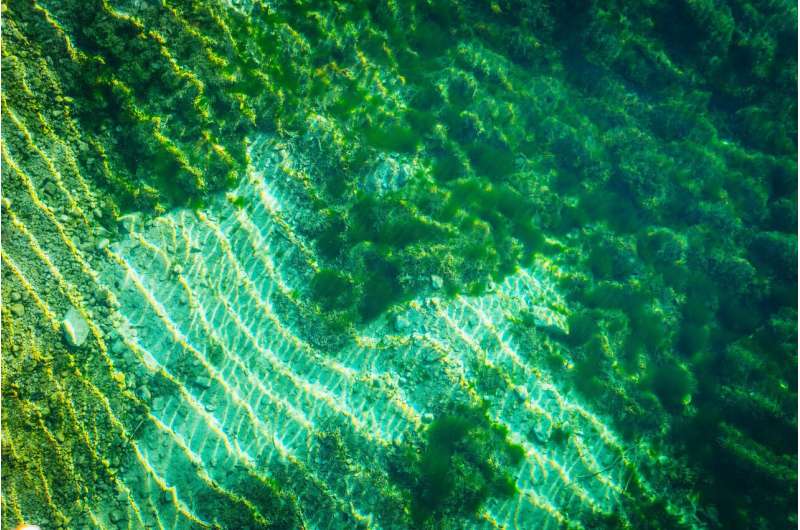Scientists unlock secrets of how the third form of life makes energy
An international scientific team has redefined our understanding of archaea, a microbial ancestor to humans from two billion years ago, by showing how they use hydrogen gas.
 |
| Credit: Unsplash/CC0 Public Domain |
The findings, published in phys.org, explain how these tiny lifeforms make energy by consuming and producing hydrogen. This simple but dependable strategy has allowed them to thrive in some of Earth's most hostile environments for billions of years.
The paper, led by Monash University Biomedicine Discovery Institute scientists, including Professor Chris Greening, Professor Jill Banfield, and Dr. Bob Leung, rewrites the textbook on basic biology.
Dr. Bob Leung said this discovery about one of Earth's most ancient forms of existence may also support human existence, including devising new ways to use hydrogen for a future green economy.
"Humans have only recently begun to think about using hydrogen as a source of energy, but archaea have been doing it for a billion years. Biotechnologists now have the opportunity to take inspiration from these archaea to produce hydrogen industrially."
At the very top of the pyramid of life, there are three "domains" of life: eukaryotes (which animals, plants, and fungi fall into), bacteria, and archaea. Archaea are single-celled organisms that can live in Earth's most extreme environments. The most widely accepted scientific theory also suggests that eukaryotes, such as humans, evolved from a very ancient lineage of archaea merging with a bacteria cell through exchanging hydrogen gas.
"Our finding brings us a step closer to understanding how this crucial process gave rise to all eukaryotes, including humans," Leung says.
The team analyzed the genomes of thousands of archaea for hydrogen-producing enzymes and then produced the enzymes in the lab to study their characteristics. They discovered that some archaea use unusual types of enzymes called [FeFe]-hydrogenases.
The archaea making these hydrogen-using enzymes were found in many of Earth's most challenging environments, including hot springs, oil reservoirs, and deep beneath the seafloor.
These hydrogenases were thought to be restricted to only two "domains" of life: eukaryotes and bacteria. Here, the team has shown that they are present in archaea for the first time and that they are remarkably diverse in their form and function.
Not only do archaea have the smallest hydrogen-using enzymes, but they also have the most complex hydrogen-using enzymes.
The paper shows some archaea have the smallest hydrogen-producing enzymes of any life form on Earth. This could offer streamlined solutions for biological hydrogen production in industrial settings.
Professor Chris Greening said these discoveries into how archaea use hydrogen have potential applications for transitioning to a green economy.
"Industry currently uses precious chemical catalysts to use hydrogen. However, we know from nature that biological catalysts function can be highly efficient and resilient. Can we use these to improve the way that we use hydrogen?"
With ancient origins and potential applications in biotechnology, archaea continue to captivate researchers and hold promising avenues for further discovery and translation.



Коментарі
Дописати коментар